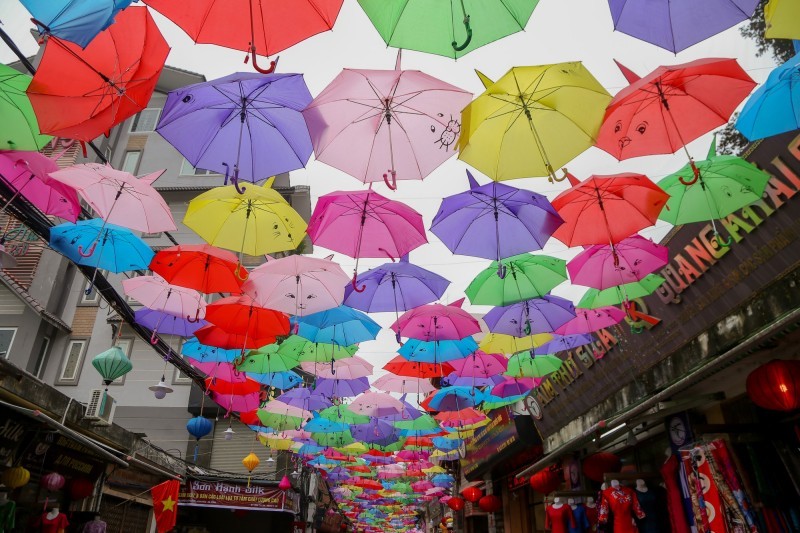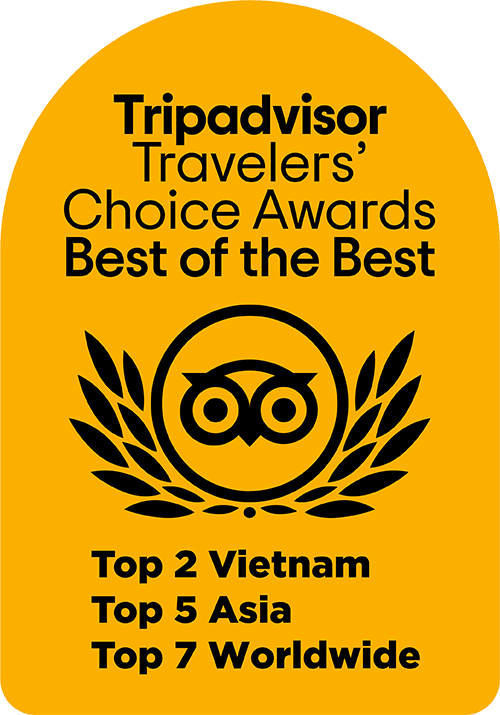Van Phuc silk village – A traditional cultural beauty from thousands of years
Talking about the beautiful and famous silk weaving village in Vietnam, we cannot help but mention the name Van Phuc silk village, with delicate embroidery lines and patterns.
Van Phuc silk village in Ha Dong is one of the most famous silk-weaving villages in Vietnam. This is a traditional silk-weaving village that has been recognized as the record “The oldest silk weaving village still operating to this day” awarded by the Vietnam Record Book Center. Moreover, Ha Dong silk village is also an attractive destination for both domestic and foreign tourists.

Where is Van Phuc silk village in Ha Dong?
Van Phuc silk weaving village is also known as Ha Dong silk weaving village in Van Phuc ward – Ha Dong – Hanoi. Having existed for more than 1000 years, Van Phuc silk village is one of the most beautiful silk-weaving villages in Vietnam.
From the center of Hanoi, to visit Van Phuc silk village you go through Nguyen Trai street to the Ha Dong post office and then turn right, or you can follow the route Le Van Luong – To Huu. Although the current urbanization process is happening very quickly, Van Phuc Ha Dong silk village still retains its inherent ancient beauty.
When was Van Phuc Ha Dong silk village born?

Van Phuc silk village was formerly known as Van Bao. Because of the Nguyen Dynasty, the village was renamed Van Phuc. In 1931, for the first time, Van Phuc Ha Dong silk was promoted to the international market at the Marseille fair and was evaluated by the French as one of the most sophisticated and beautiful silk lines of Indochina. By 1958, Van Phuc silk was exported to Eastern European countries and so far Ha Dong silk is popular in many countries around the world.
Over time, Van Phuc silk still retains its traditional beauty. And now, Van Phuc silk is at the forefront of Vietnam’s textile industry. Van Phuc silk is always considered beautiful and durable. Because the pattern on silk is diverse, the decoration is symmetrical, and the lines are elegant and simple, bringing decisiveness and freedom to the viewer.
The silk production process of Van Phuc silk village

Step 1: Growing mulberries to raise silkworms
This is the first and extremely important step for us to start creating the perfect beautiful Van Phuc silks. The quality of silk will depend entirely on the silkworm-rearing process. Therefore, silkworm rearing is extremely difficult and must be monitored regularly. When silkworms grow up, farmers have to dodge them so that silkworms release silk and create cocoons. When silkworms create cocoons, artisans will choose cocoons to prepare for the next step of taking silk.
Step 2: Get silk
After silkworms release silk, close cocoons. At this time, the artisans continue to choose old cocoon nests of good quality to proceed to pull the cocoons, also known as pulling the silk threads from the cocoon out of the silkworm. Previously, this stage would be done by hand, now it is made from machines.
After pulling the cocoon, the long silk threads will be straightened by the artisan and then entered the spinning stage. This is a manual process to avoid tangles when putting on the reels.
Step 3: Prepare to weave silk
After putting the silk on the reel, the end of the silk thread will be pulled out into the small cores to conduct the weaving and connect the loom so that the silk thread system is put into the weaving machine. And at this time, artisans must be on duty 24/24 to detect errors or feed silk threads when needed.
The raw silk after being woven will clearly show the patterns on it. According to the Van Phuc silk village artisan, this pattern is available on the machine according to the template, or according to the customer’s request. And when woven, it will always come out, not embroidered patterns like fake products. After about 2 to 3 days of weaving, the silk tube is about 45 – 50m long and will be dismantled and dyed.
Step 4: Dyeing fabric
Before dyeing, Van Phuc silk must be cooked and bleached to remove impurities. To make the silk more beautiful, the dyeing stage is extremely important, especially the dye mixing stage at a reasonable rate.
After dyeing the silk, it will be washed. After that, the artisans will perform the silk-drying process. In the past, if the weather conditions were favorable and there was plenty of space, the silk was dyed and then dried in the sun. After drying, the silk will give the same color as when dyed, the silk plants will then be displayed or delivered to dealers specializing in silk.
Van Phuc silk village today

Today, Van Phuc silk village has changed to become extremely diverse with many different designs and types: flying rattan, dragon phoenix, flower stalks, Van Tho top, cinnamon… Shapes of patterns on silk have been shown by skillful hands and the delicate, creative vision of Van Phuc silk artisan. Thanks to that, new silk products are so rich, unique, and aesthetically pleasing. With outstanding features, Ha Dong silk is always chosen as a gift for relatives and friends when visitors come here.
Currently, Van Phuc Ha Dong silk has nearly 800 households doing silk weaving, accounting for nearly 60% of the total number of households living here. Every year, Van Phuc Ha Dong Silk Village produces about 2.5 to 3 million square meters of fabric, equivalent to 63% of the revenue of the entire craft village.
What is special about Van Phuc Ha Dong Silk Village?
The special thing when visitors come to explore Van Phuc silk village in Ha Dong, surely all of us are fascinated by the colorful Van Phuc umbrella road. It is the eye-catching and unique decoration from the colorful umbrellas that have brought an impressive scene, helping visitors to freely check in beautiful pictures when coming here.
Besides the colorful umbrella road, Van Phuc silk village also has a very “hot” check-in place which is the mural wall. The large mural wall has been recreated by the teachers of Van Phuc kindergarten about the Van Phuc silk craft village in the central area that many young people who come here must take pictures of as a souvenir.

Closing the journey to discover Van Phuc’s traditional craft village, visitors will surely have great experiences about Van Phuc silk making with artisans here. If you love and want to learn about Hanoi’s cultural beauty of silk weaving, Van Phuc silk village is an interesting destination for visitors.

